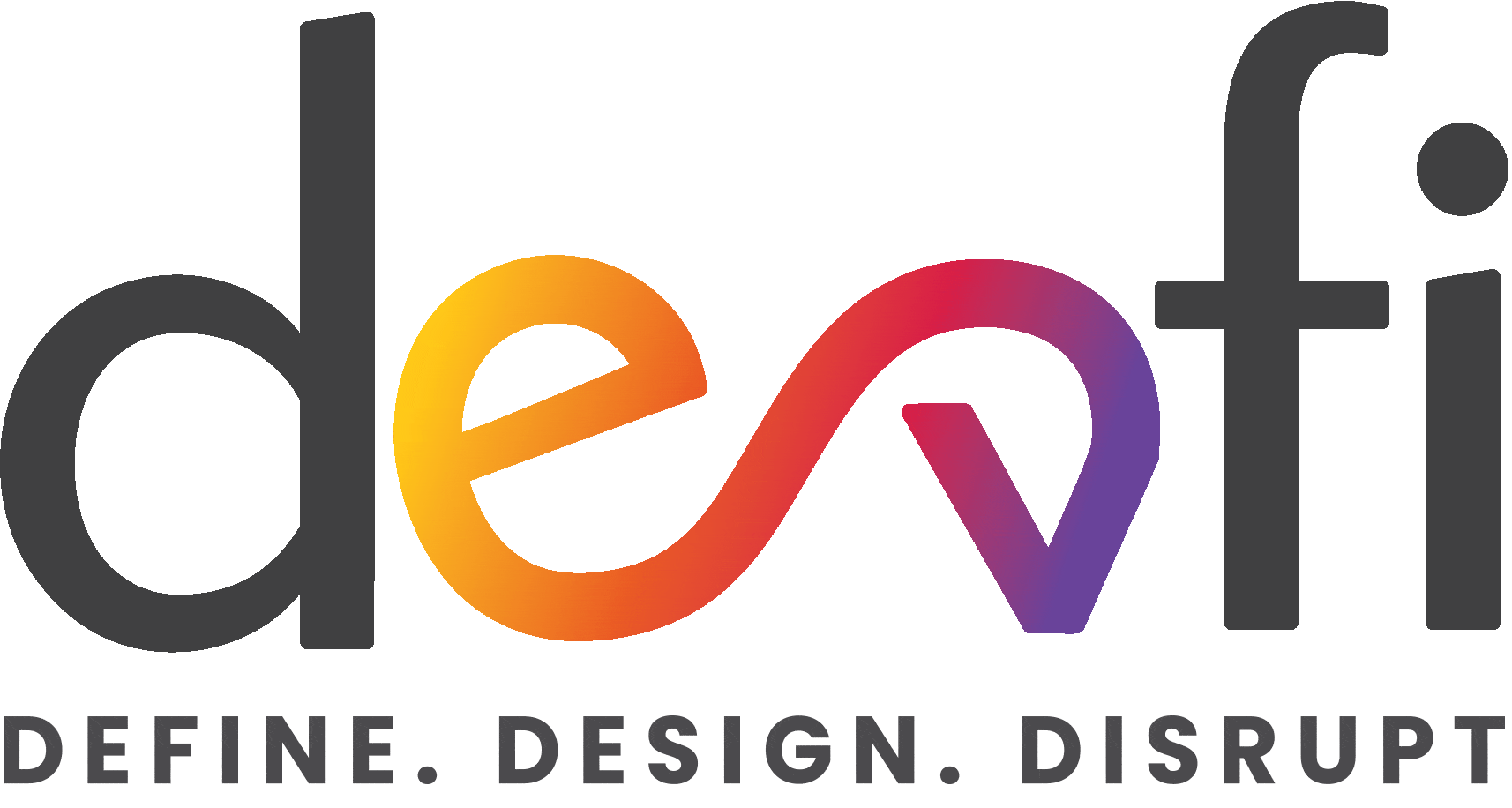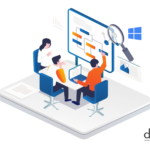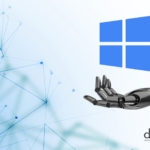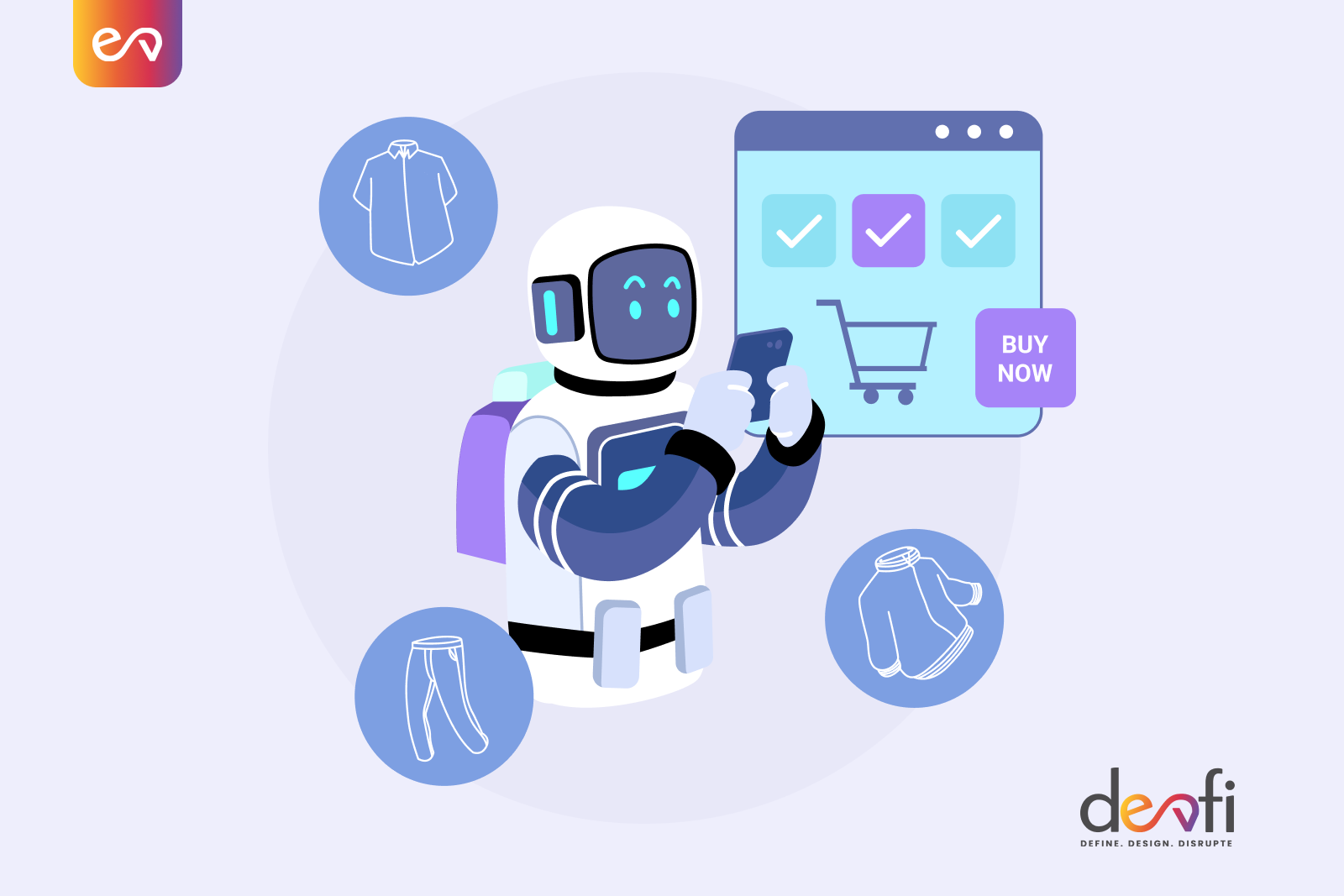Federated learning is a new way of training AI that promises to make the process more efficient, and improve the quality of the resulting models. In retail, it could be used to train a model that predicts, for example, how much to stock each product in each store.
Federated Learning, the new AI technology that helps companies to train their algorithms, is shaking up the retail industry. Federated learning works by having one “master” model that learns from all of the different data sets available to it, and then distributes those insights to smaller models that are trained on more specific tasks. The master model can be trained using a single data set, and then the smaller models will use the insights it has learned to perform their own tasks.
The master model trains on all of the data available, so it can pick up patterns across different types of products or stores. It also learns what features are important for each task: for example, if you want your model to predict how many people will buy a given product in each store, then you might want your master model to learn about demographics (age range) and location. The smaller models can then use this information about demographics and location when they train on their own data sets.
Benefits of federated learning in retail
The benefits of federatedlLearning in retail are many but the key benefits are –
- It allows retailers to build up their own data sets and train their own models. This means that they can train a model that’s specifically designed for the needs of their business, rather than relying on third-party models that weren’t designed with their specific needs in mind.
- It also gives them more control over their data privacy, which is an issue that has been making headlines lately. By using federated learning, retailers can store their own data and train models on it—which means they’re not sending it out into the world where it could be accessed by others who don’t have permission to use it (or even worse: used against them).
- Another benefit of federated learning is that it saves retailers money on training costs because they don’t need to pay third parties for these services anymore! This can be especially important for small businesses who don’t have much capital to invest in training models either way—and now there’s another option available for them too!
Federated learning in retail use cases
Federated learning in retail has been shown to be useful for analyzing customer preference data and product reviews. These types of data often contain a lot of information about preferences, but they are often unstructured or difficult to read by humans. By using algorithms to analyze this unstructured data, retailers can gain insights into how customers behave across different product categories and how they prefer products compared to each other.
There are many potential use cases for federated learning in the retail industry.
- Understanding shopping preferences – One such use case is for clothing stores that want to understand their shoppers’ preferences, but don’t have enough data from customers to make accurate predictions. In this scenario, a customer may walk into a clothing store and try on several different items of clothing. The store then uses federated learning to predict what other items they might like based on their past choices and offers those items up to the customer as recommendations.
- Cost reduction – One of its most effective uses is in helping retailers find ways to reduce costs while still providing good service. For example, if you’re shopping at a store and notice that they’ve got several of the same product on sale at different prices, federated learning can help identify which price point will result in the highest number of sales over time—and then use that data to inform future pricing decisions.
- Identifying trends – Another way federated learning can be used is by analyzing customer data collected through loyalty programs and other sources like social media platforms like Facebook or Twitter; this will allow retailers to identify trends among their most loyal customers—and then use that knowledge when planning new promotions or special offers for those same customers who have proven themselves as ambassadors for
- Customer buying habits – Another use case is for companies that sell products online and want to understand their customers’ purchasing habits without having to collect personal data or track them over time. In this scenario, a customer might use an e-commerce website to buy products from multiple vendors on a regular basis. The vendor could then use Federated Learning algorithms to predict what other products they might be interested in buying from other vendors, and offer those up as recommendations when they visit the vendor’s site again in the future.
Steps to get started
When you’re ready to get started with Federated Learning, there are a few key steps to take –
- First, you’ll want to make sure that your data is properly organized and that it’s all in one place. This will save you from having to manually input data later on.
- Next, you’ll need to decide how you’re going to train your model. Are you going to use a machine learning algorithm like Random Forest or LSTM? Or maybe CNNs? Or do you want to try a neural network instead?
- Once you’ve made those decisions, it’s time for deployment! You can deploy your model and then use your own custom code for training or fine-tuning it for your specific business needs.
In case you’re facing issues deploying federated learning in your retail business or need a technology partner to help you deploy it then we can help. Our team has built authority on federated learning and other data science technologies to provide you with end-to-end services. Please make use of our free consultation and get unbiased advice from our experts here.






